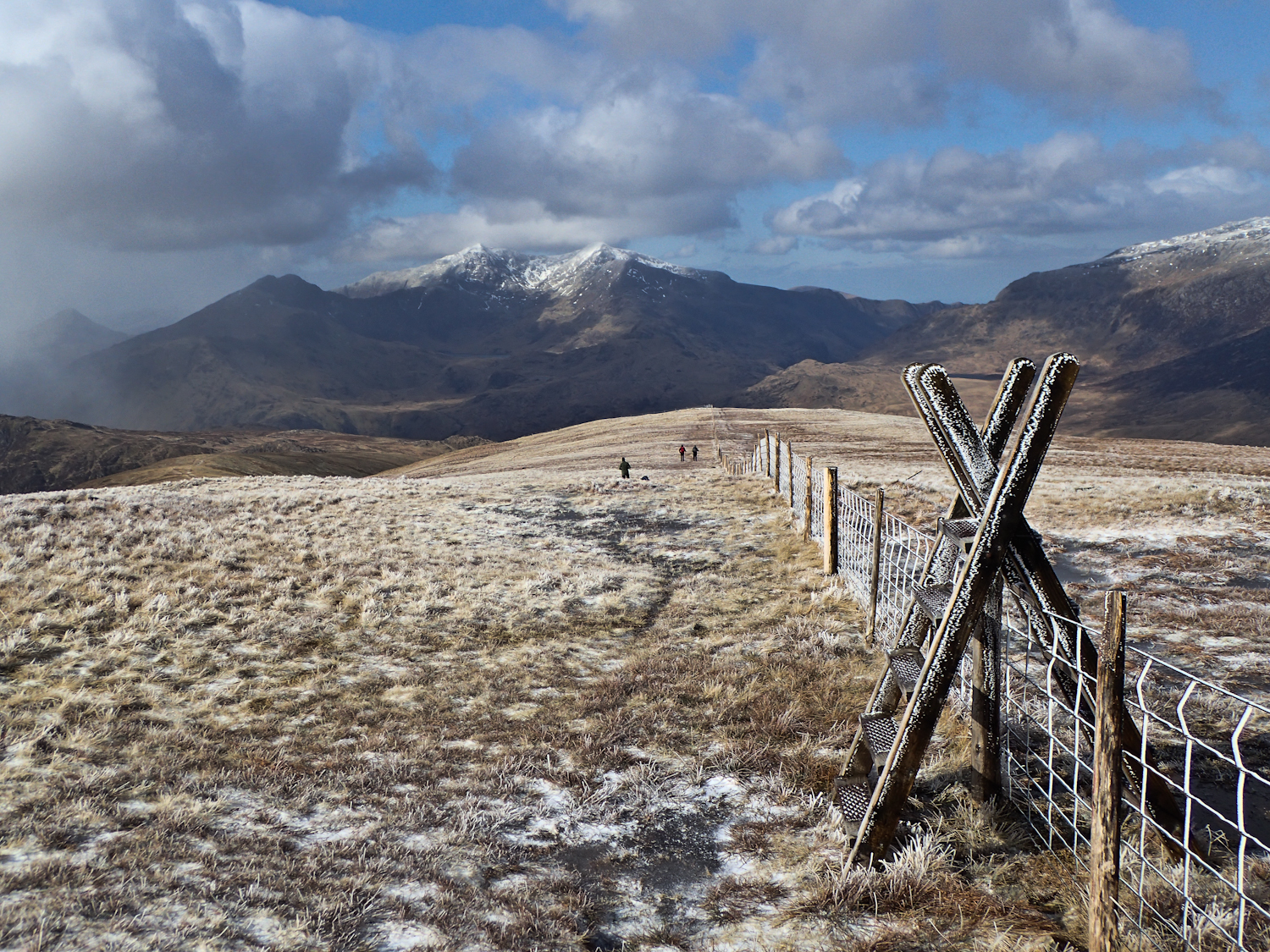Time to get cosy?
Heading into winter and today was the first cold snap since we experienced the beast from the East. Would you like to be cosy when it gets cold outside?

Climate change can mean cold and stormy as well as hotter weather. A place to live that’s adapted for weathering the storm without breaking the bank is something many dream about.
“The perfect antidote to dark, cold and creepy is light, warm and cozy.” Candice Olson
It may seem to be just a dream to think that we can ask for a home that is both cosy and that doesn’t use lots of energy, but actually it is entirely achievable. It is also now being demonstrated that it doesn’t cost a great deal more to build a building that achieves this dream than a conventional cold and draughty building. What it does require is a commitment through the design and construction to quality and following the right principles to work with the physics of buildings.
When we feel cosy, that can mean a lot of different things. It might be about a calm, quiet and restful environment; a comfortable temperature; no air movement or draughts; warm coloured lighting and paler surfaces that make the most of that light, but equally the contrast of warm, deep colours that feed the calm.
When we feel cosy, that actually involves lots of different factors:
The temperature we feel is a combination of the air temperature around us and the temperatures of the surfaces we are near. Cold windows are obvious, but poorly insulated walls can be cold radiators too and if the walls are cold, no amount of increasing the air temperature may make us feel comfortable. If all the surfaces around us are at a similar temperature then we are much more likely to feel comfortable.
In a warm room, comfort can swiftly be spoiled by cold draughts. By having an airtight building fabric, we can avoid both draughts directly in the room and draughts through open doors within the building. We can still have plenty of clean, warm air flowing through the rooms so that the building feels fresh, but we control how we bring that air into the rooms so that it doesn’t feel draughty.
Noise in buildings can come from outside or inside. With triple glazing and an airtight building fabric, noise from outside is reduced to a low level. Internal noise comes from many sources, but the building itself can contribute. One critical area is ensuring that the ventillation, heating and hot water systems are designed correctly to minimise noise from the systems themselves, but also to ensure those systems do not transmit noise from one part of the house to another. Both specification and installation are important in this respect.
Light is a critical aspect of how we perceive buildings. Good design of a low energy building starts with a careful consideration of daylight and views that can be offered by windows. It also has to consider the heat that can be gained and lost through those windows. The design can balance the positive and negative implications of glazing and ensure that lighting is suitable in the different parts of the building.
Whether the design goes as far as the Passive House standard or adopts another low energy building target: using sound building physics principles of airtightness, insulation and careful detailing; incorporating ventilation with heat recovery and a heating and hot water system designed for a low energy building, high levels of comfort can be achieved while using small amounts of energy to provide it.
Perhaps our vision of cosy is the antidote to Charles C Mann’s “cozy as kings”
Artificial lighting, air-conditioning, and automobiles, all powered by fossil fuels, swaddle us in our giddy modernity. In our ergonomic chairs and acoustical-panel cubicles, we sit cozy as kings atop 300 years of flaming carbon.” Charles C Mann
